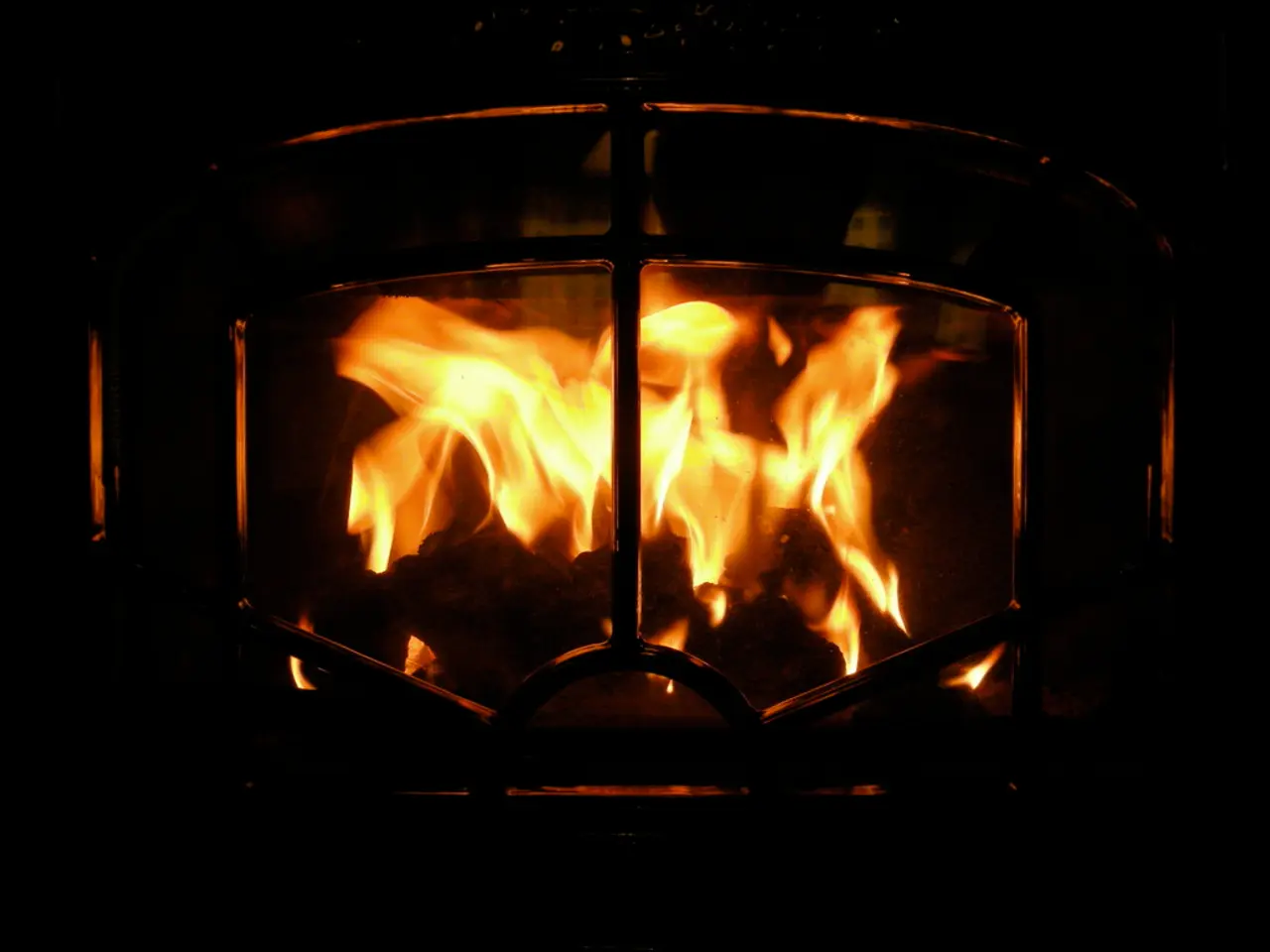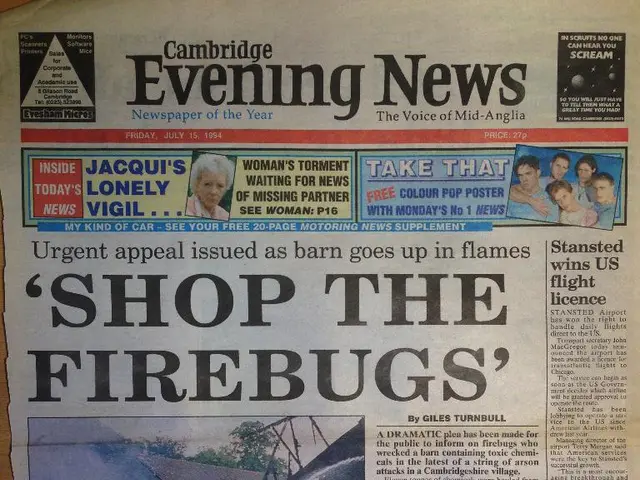House Fires: Deadly Risks That Linger Past the Blaze
As the cold weather sets in, it's important to be mindful of potential fire hazards and carbon monoxide risks in your home. Here's a guide on how to stay safe during this season.
Common Causes of House Fires
House fires are often caused by electrical issues, such as frayed or old wiring, overloaded electrical outlets, faulty plugs, and malfunctioning appliances. Flammable materials placed near heat sources or electrical appliances also pose significant risks. Wildfires can contribute to fire damage in homes, particularly if construction materials and surroundings are combustible; homes built with fire-resistant materials and maintaining defensible space can reduce damage.
Prevention Methods
Prevention centers on maintaining electrical safety, installing smoke alarms and sprinklers, and building or retrofitting homes with fire-resistant materials and defensible space. Inspect and replace old or damaged wiring and plugs; avoid overloading outlets; keep flammable materials away from electrical sources; use surge protectors; unplug faulty appliances immediately. Install smoke alarms on every level of a home, as they alert occupants early enough to escape even when sleeping. Home sprinkler systems can extinguish fires in over 96% of cases before firefighters arrive, significantly reducing damage and risk to life. Using fire-resistant building materials and maintaining an area clear of flammable vegetation around the home reduces wildfire damage risk.
Dangers of Smoke Inhalation and Carbon Monoxide Poisoning
Inhaling smoke from fires can be deadly. Emergency department physician Baruch Fertel states that smoke in a house fire is a combination of toxic products, primarily carbon monoxide and cyanide. Inhaling burnt plastic and the toxic combustion of materials in the home can impair respiration and cause suffocation. Carbon monoxide binds to hemoglobin in blood, preventing oxygen transport, which can lead to hypoxia and death if untreated. The primary cause of death in house fires is smoke inhalation.
Safety Measures
Keep all heating sources clean and ensure all electrical wiring doesn't pose a hazard. Regularly test smoke alarms and carbon monoxide detectors to prevent house fires. If you notice flames or fire in or around your home, call 911 immediately. It is never safe to enter a burning home, even if you think you are away from flames. Over 3,000 people die each year due to house fires.
Tips for Using Heaters
Dr. Fertel recommends using a space heater with safety features, such as a tip-over feature, and operating it in a well-ventilated area. Keep a fire extinguisher handy.
Cyanide Poisoning
Cyanide is a poisonous chemical gas that prevents the body from absorbing and using oxygen. Clinical management prioritizes starting high-flow oxygen immediately to reduce CO half-life from about 5 hours to 90 minutes, improving patient outcomes. Detection involves measuring carboxyhemoglobin levels in the blood, with levels above approximately 25% considered dangerous, though exact thresholds vary. Cyanide poisoning can also occur; treatment protocols often assume exposure to both toxins until ruled out.
Stay safe this winter by being aware of potential fire hazards and taking the necessary precautions to protect your home and family.
- Weather changes, like the cold winter, necessitate caution against potential fire hazards and carbon monoxide risks in our homes.
- Electrical issues, such as frayed wiring or overloaded outlets, often cause house fires, so maintaining electrical safety is crucial.
- Installing smoke alarms and sprinklers, and using fire-resistant building materials can help prevent house fires and reduce damage.
- Inhaling smoke from fires, which contains toxic products like carbon monoxide and cyanide, can be deadly, making it vital to keep heating sources clean and avoid carbon monoxide poisoning.
- It's essential to regularly test smoke alarms and carbon monoxide detectors and keep them functional to prevent fires and smoke inhalation.
- Using a space heater with safety features and operating it in a well-ventilated area, along with keeping a fire extinguisher handy, can help ensure safety during the winter.
- Cyanide, a poisonous chemical gas, hampers the body's ability to absorb and use oxygen, requiring immediate high-flow oxygen treatment if detected.
- Preventing fires in our homes contributes to overall health-and-wellness, ensuring a safer workplace-wellness environment and reducing the risk of medical-conditions related to smoke inhalation and carbon monoxide poisoning.
- Maintaining outdoor-living areas by keeping them clear of flammable vegetation reduces the risk of property damage from wildfires.
- Adopting a sustainable-living lifestyle, which includes energy-efficient appliances, can help prevent electrical fires.
- Consumer products, such as home heating appliances, should be reviewed for product-reviews to ensure they have safety features like tip-over protection.
- Staying informed about general-news, crime-and-justice, accidents, and health-related topics, such as signs of skin-conditions or hearing impairments, contributes to one's overall mental-health and well-being. Skin-care practices are part of lifestyle choices that support good health, as proper nutrition and fitness-and-exercise do.




